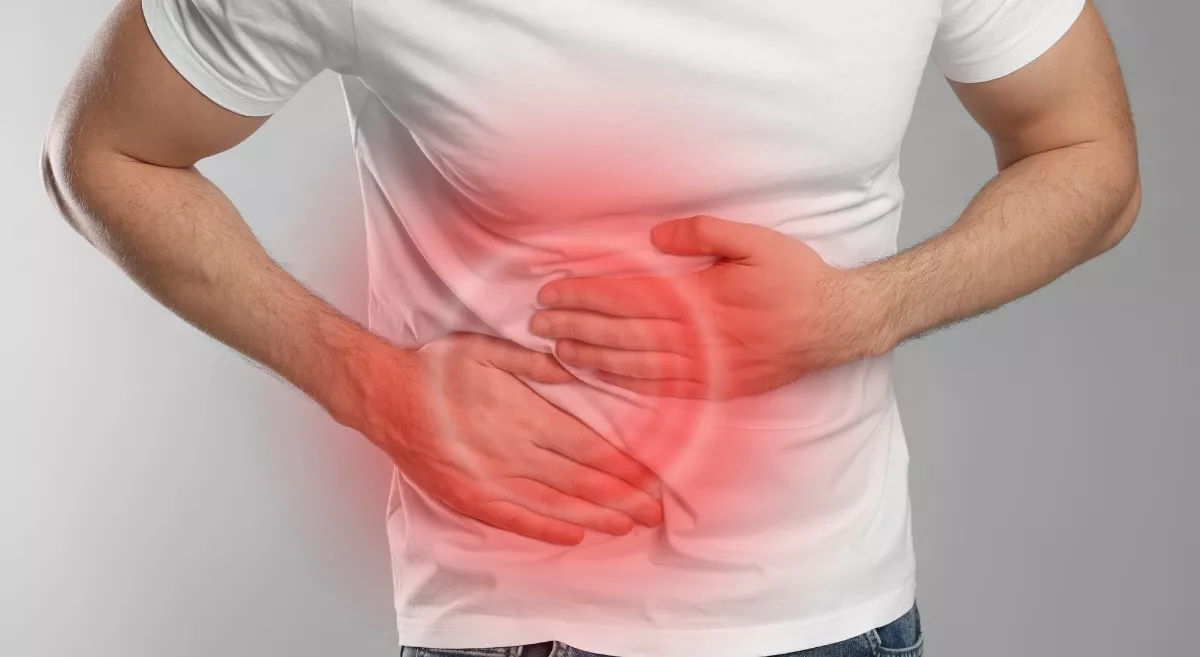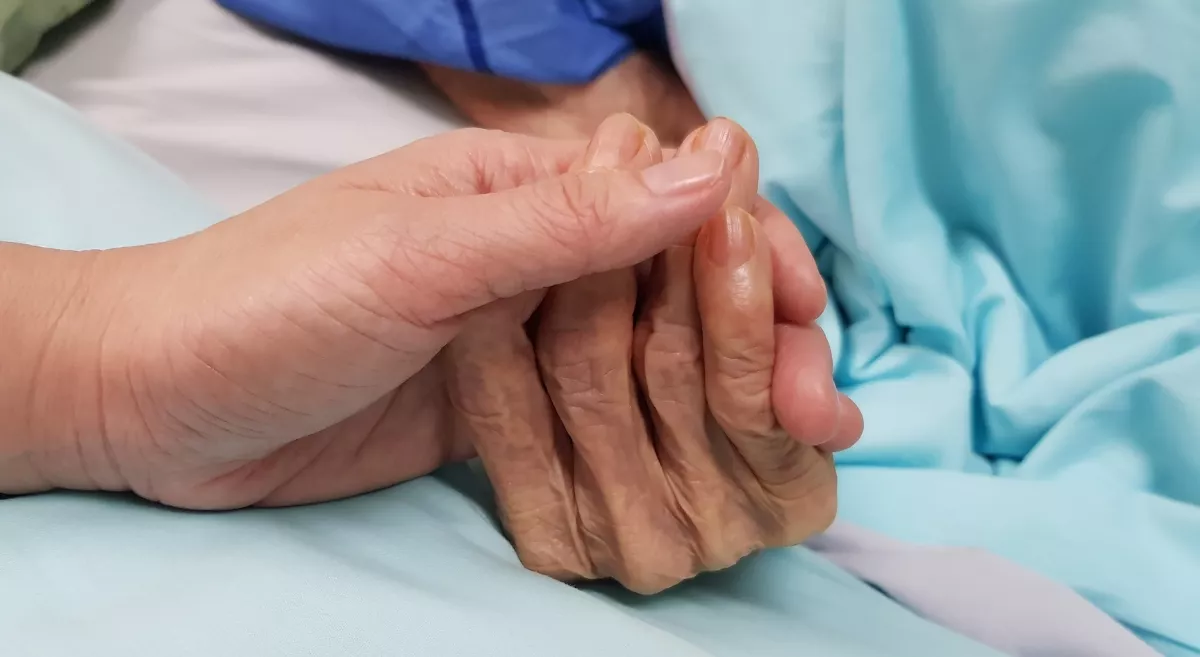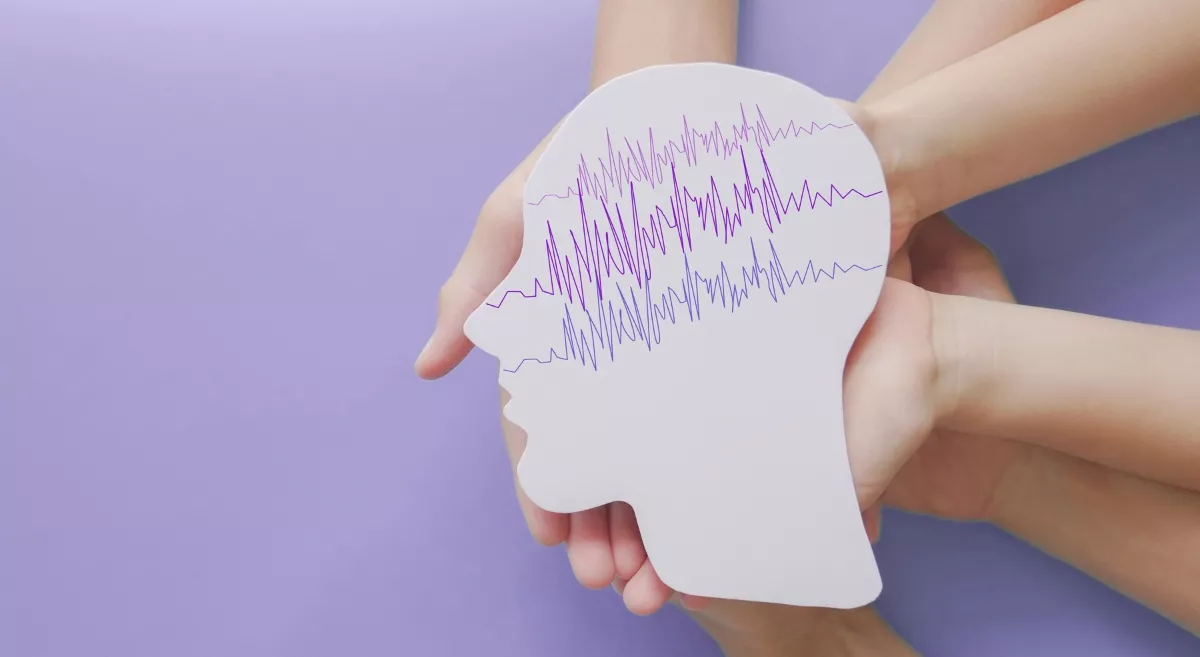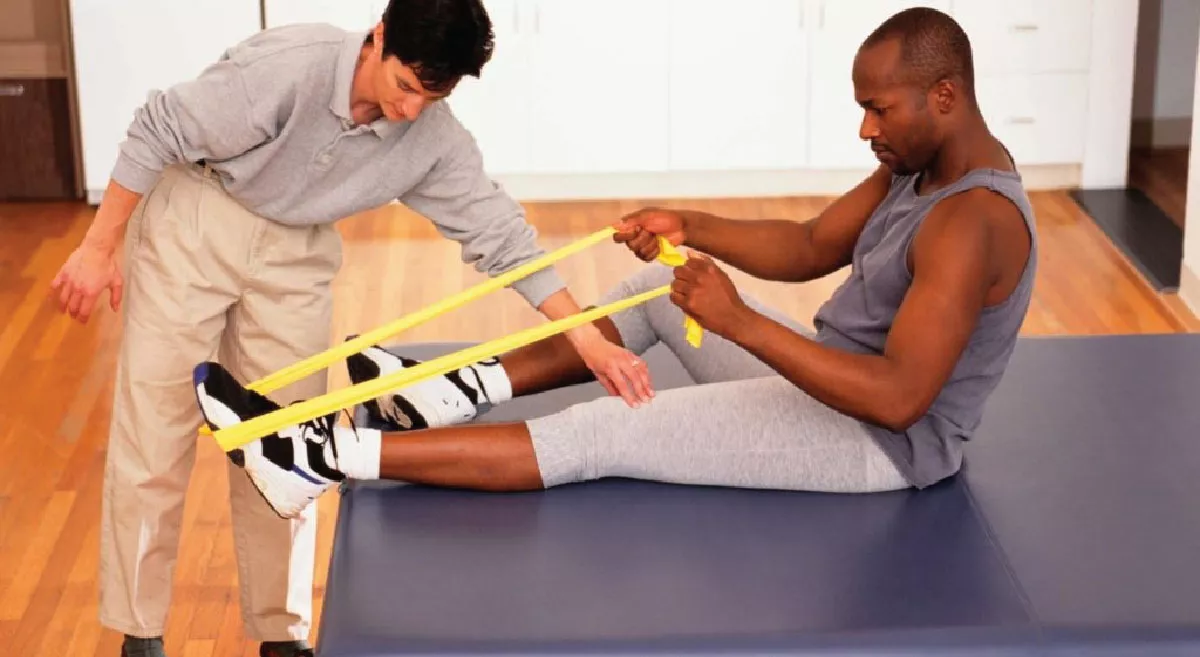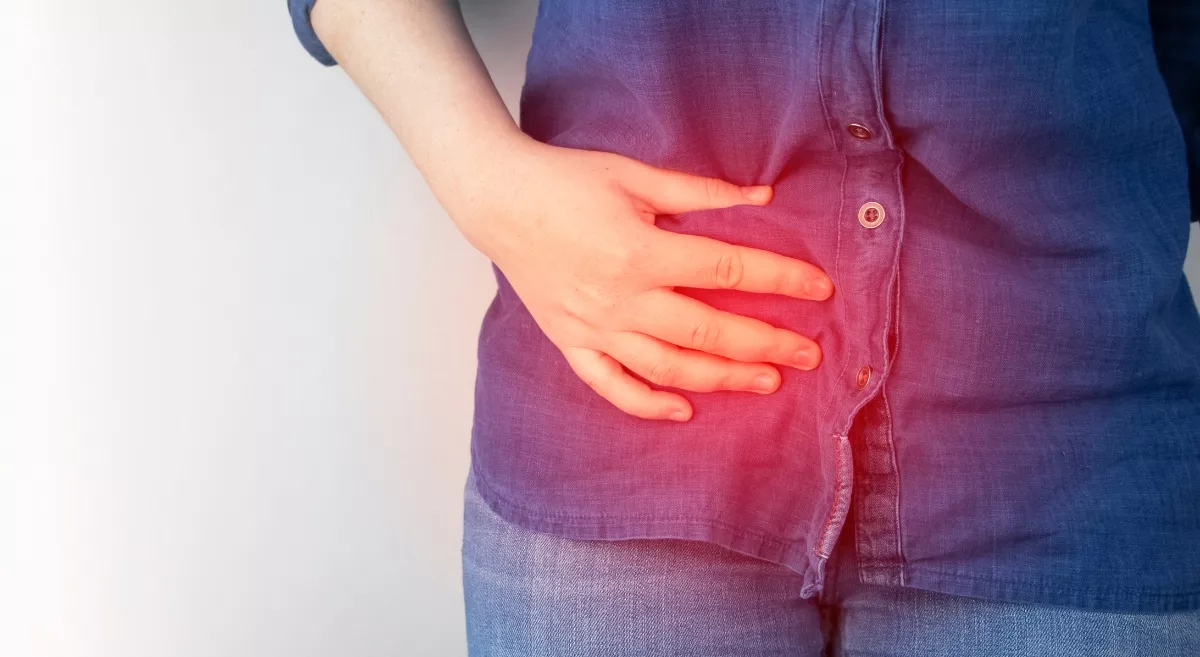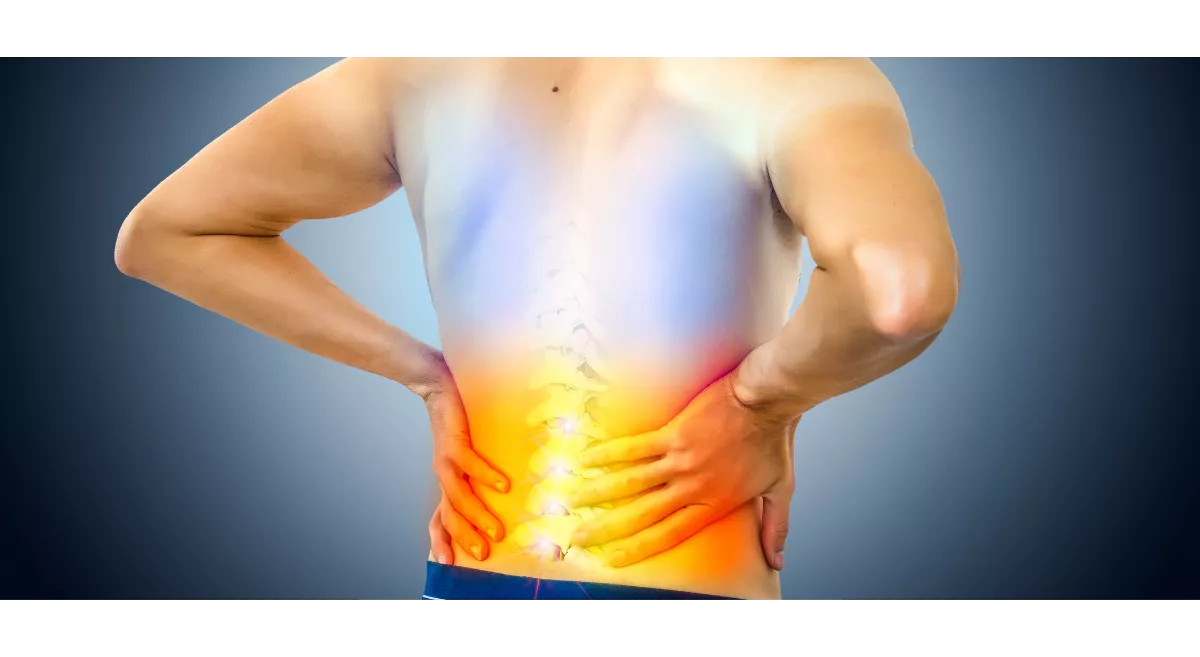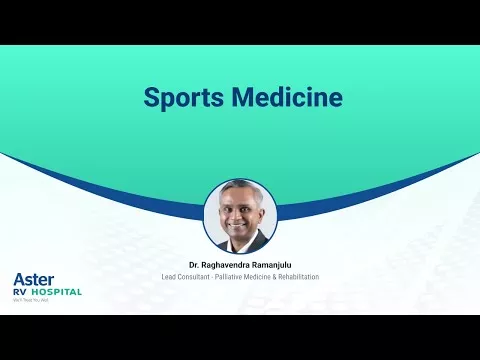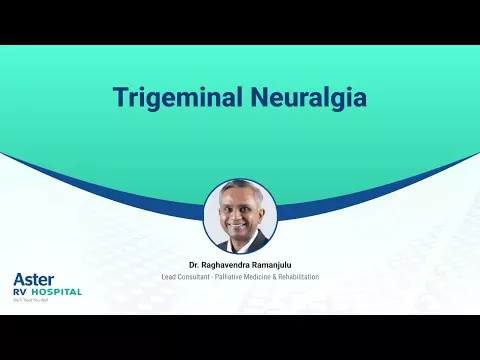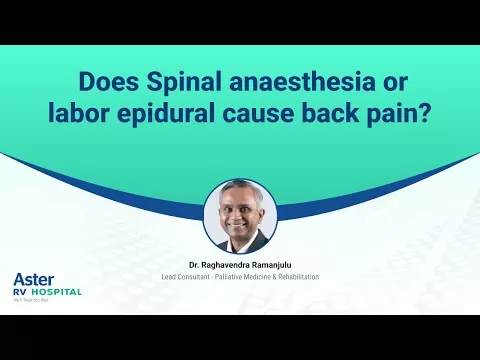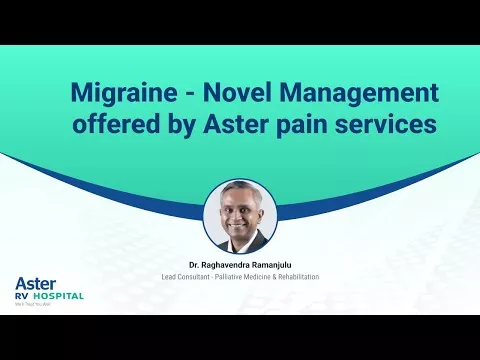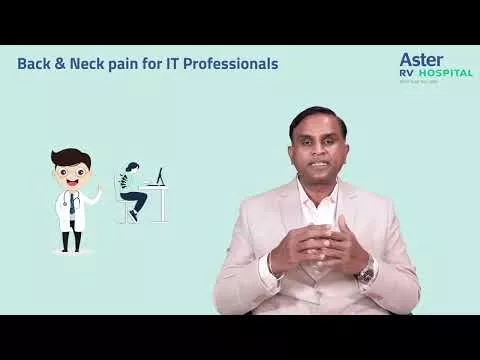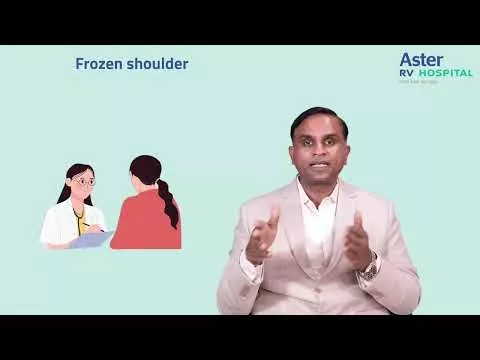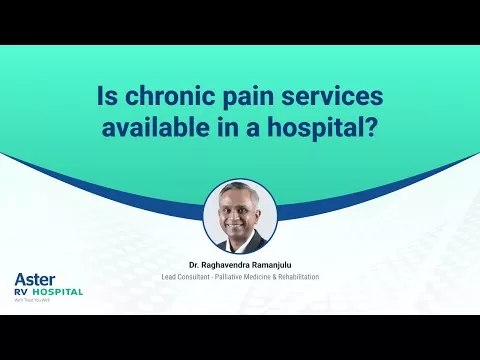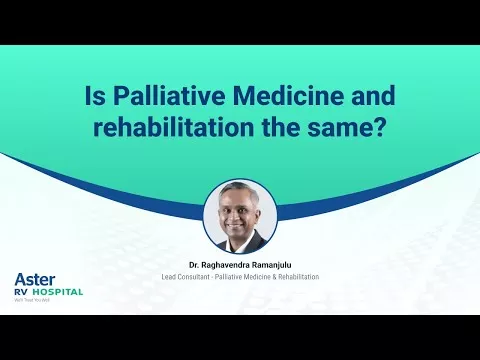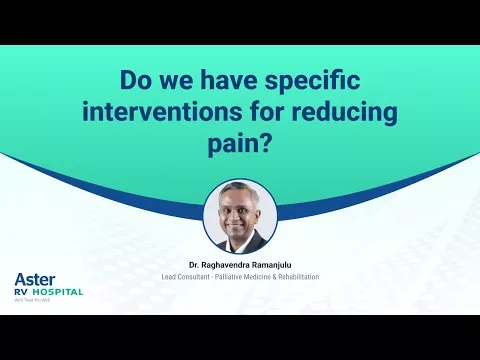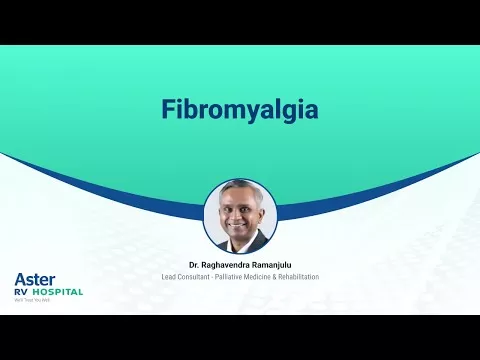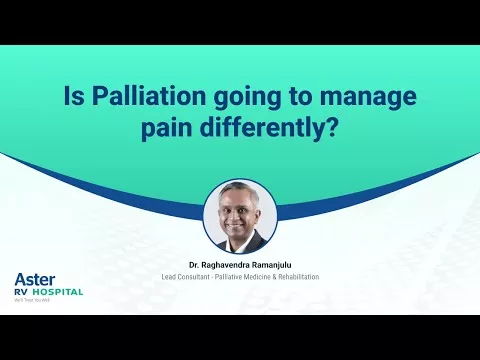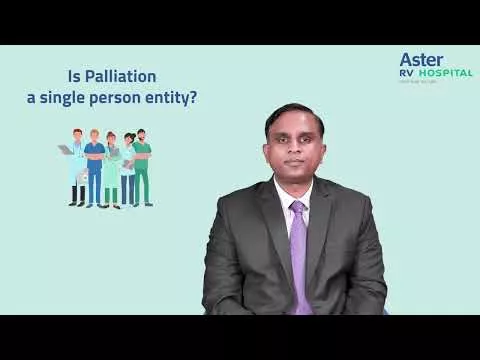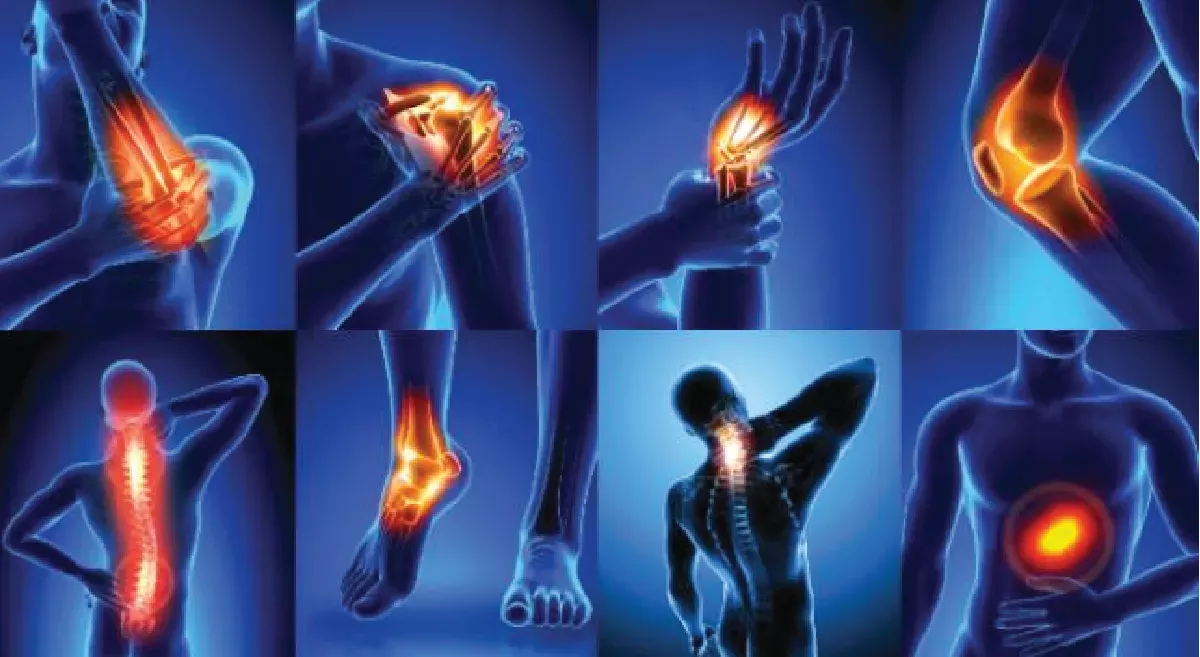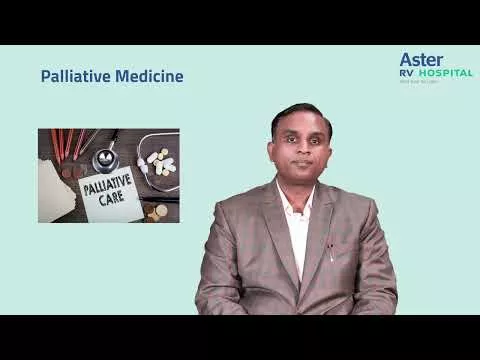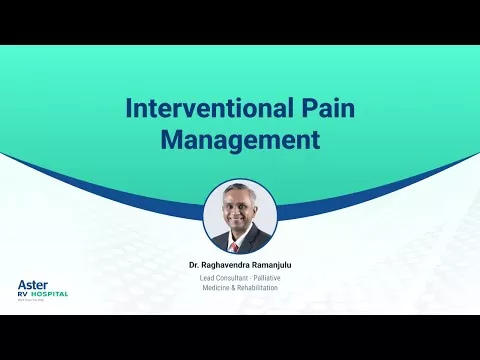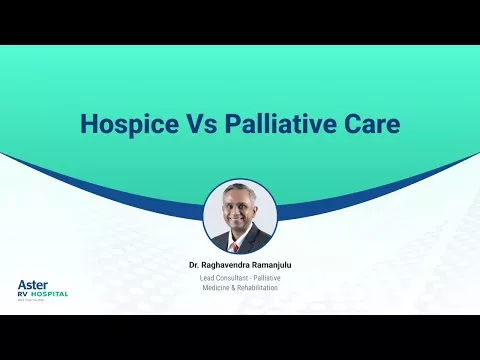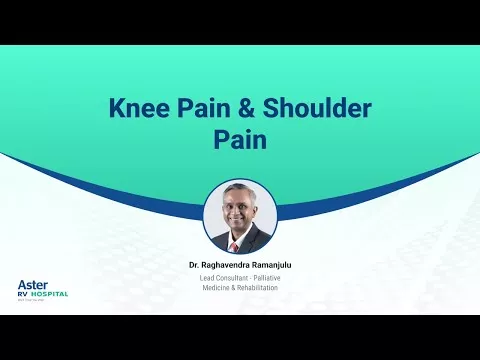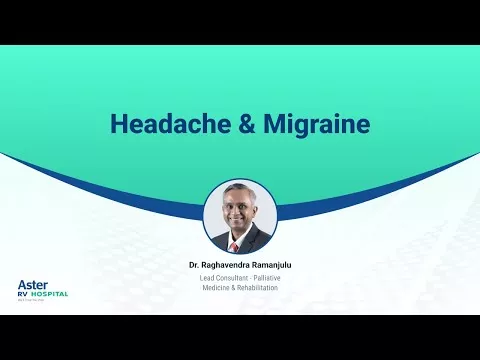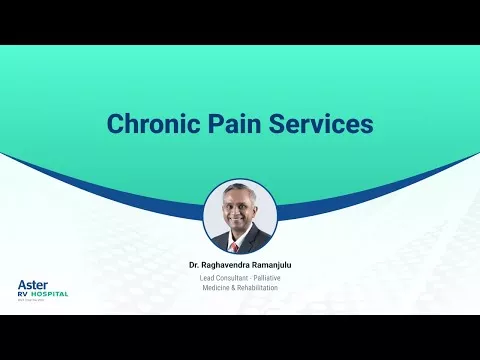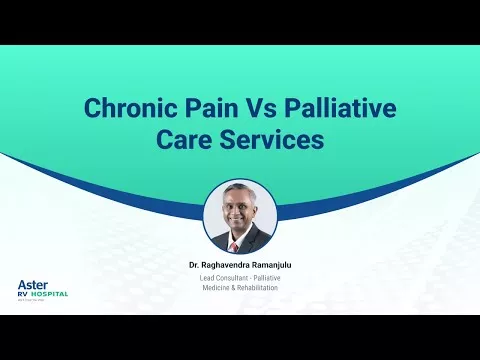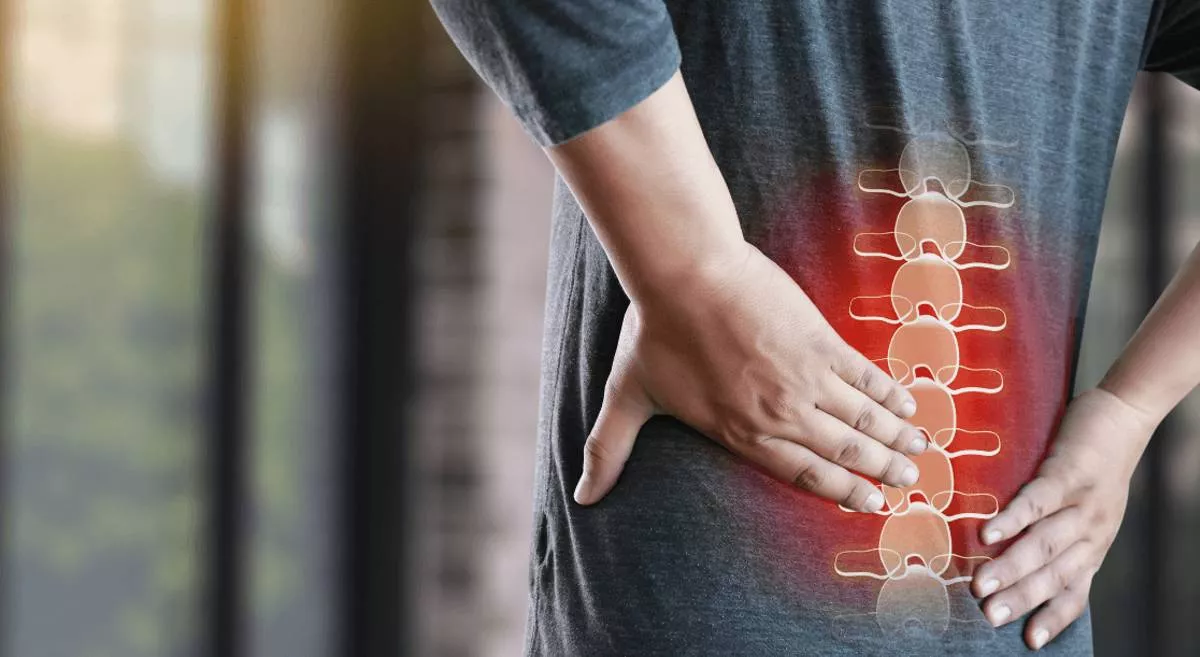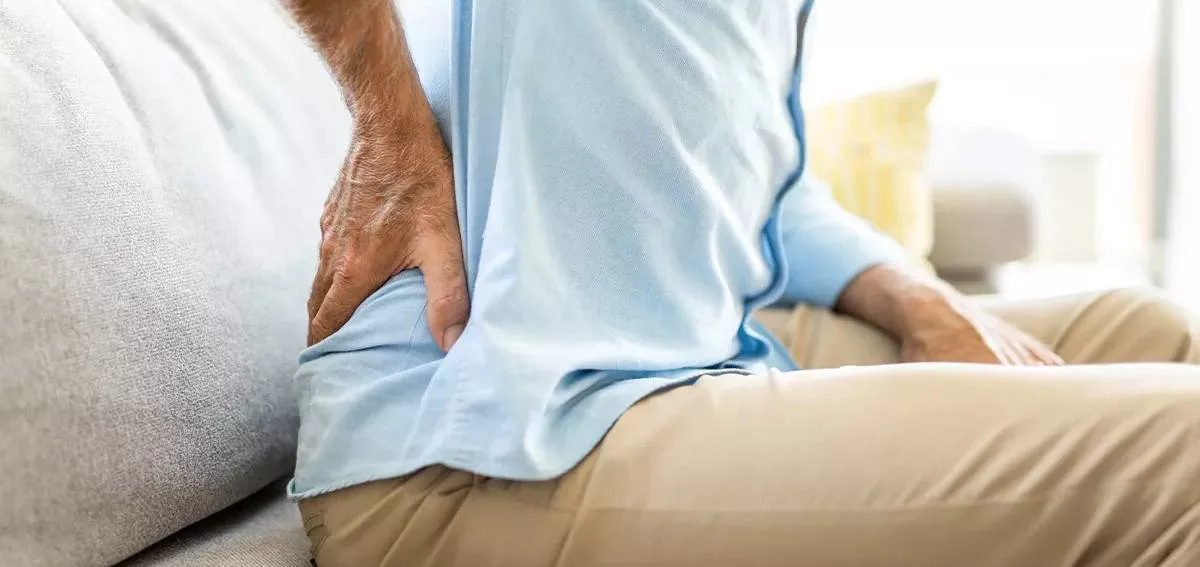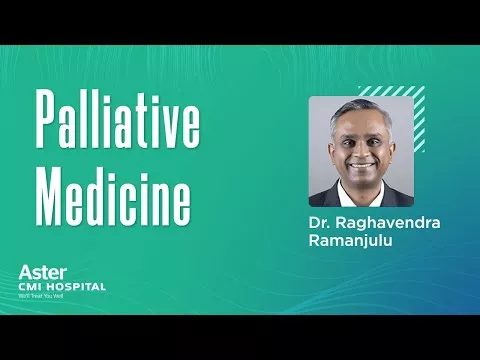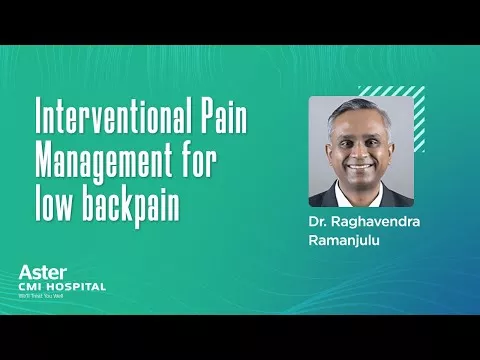Enduring chronic pain can be challenging, impacting one's physical health and mental resilience. While there's no one-size-fits-all solution for managing this condition, numerous methods and approaches can offer significant relief. This blog explores various pain management techniques—from physical therapies and lifestyle adjustments to mental health support—that may help individuals regain control and improve their quality of life.
What is Chronic Pain?
Chronic pain, generally persisting for over three months, can arise from injuries or underlying health conditions. It affects nearly every aspect of daily life, from work and social interactions to mental health and sleep quality. This prolonged discomfort often goes hand-in-hand with other issues like depression, social isolation, and sometimes, overuse of medications as people seek relief.
Pain Management Techniques for Chronic Pain Relief
Pain management involves multiple techniques to help reduce and manage pain without necessarily relying on medication. Below are some of the most effective methods to alleviate chronic pain and support overall wellness.
1. Physical Techniques for Chronic Pain Relief
Physical approaches are essential to pain management, with options like physical therapy, hot and cold therapy, and massage offering relief.
- Physical Therapy: Physical therapy uses exercises and therapeutic methods to strengthen muscles and improve flexibility, targeting specific areas of the body based on individual needs. With a regular, structured exercise routine, patients can experience lasting pain relief while improving their ability to cope.
- Hot and Cold Therapy: Applying heat helps soothe tense muscles and promotes healing by increasing blood flow, while cold therapy can reduce inflammation and numb the affected area. Both methods are accessible and can be practiced at home with heat packs or ice packs.
- Massage Therapy: Massage aids in reducing muscle tension and improving circulation, enhancing flexibility, and reducing inflammation. Incorporating massage into a broader pain management routine can significantly benefit chronic pain sufferers, especially those with back, neck, or joint pain.
2. Alternative Therapies: Acupuncture, Yoga, and More
Alternative therapies can complement traditional treatments for chronic pain relief by providing a holistic approach.
- Acupuncture: This traditional technique involves placing fine needles at targeted points across the body. Research suggests acupuncture may help reduce pain by promoting relaxation and reducing muscle spasms. Though results may vary, acupuncture is a safe option for those seeking alternative treatment under professional supervision.
- Yoga and Tai Chi: Both yoga and tai chi emphasize stretching, strengthening, and relaxation. Studies have shown these practices improve flexibility and help individuals manage their pain. Yoga, in particular, encourages mindfulness, which enhances body awareness and helps people gain better control over their pain.
- Guided Imagery and Deep Breathing: Techniques like deep breathing exercises and guided imagery can help relax the body and reduce pain levels by shifting the focus away from discomfort. Guided imagery encourages individuals to visualize calming scenes, which may help alleviate pain and stress.
3. Lifestyle Changes to Manage Chronic Pain Naturally
Adjustments to daily habits can provide substantial relief and improve overall health.
- Mindful Movement: Exercise is crucial for chronic pain relief, with stretching routines like yoga or low-impact cardio exercises improving strength and flexibility. It’s important to start gradually, as overexertion can worsen symptoms.
- Healthy Diet: Eating a balanced diet rich in anti-inflammatory foods—such as leafy greens, whole grains, and lean proteins—can improve pain outcomes by reducing inflammation and supporting overall health.
- Good Sleep Hygiene: Chronic pain can interfere with sleep, exacerbating discomfort. Practicing good sleep habits, such as sticking to a consistent bedtime and creating a relaxing environment, can improve sleep quality, which in turn may alleviate pain.
4. Mental and Emotional Health: Managing Pain Beyond the Physical
Chronic pain is intricately linked with mental well-being. Mental health support, including stress management and cognitive behavioral therapy (CBT), plays a vital role in coping with chronic pain.
- Cognitive Behavioral Therapy (CBT): CBT helps individuals reframe negative thoughts related to pain and stress, providing strategies to improve resilience. It’s effective in reducing anxiety about pain, which can often intensify the physical sensation.
- Stress Reduction Techniques: Chronic pain and stress often form a cycle; as stress increases, so can pain. Incorporating stress-reducing practices like listening to soothing music, practicing meditation, or engaging in hobbies can make living with chronic pain more manageable.
- Social Connections and Support: Connecting with others who understand chronic pain—either through support groups or online communities—can reduce feelings of isolation and provide valuable tips for managing pain. Seeking support from family and friends is equally essential.
5. Medication Options and Caution
While non-medication approaches are preferred for long-term pain management, there are cases when medication is necessary. However, due to potential side effects, it’s essential to discuss options with a healthcare provider. Nonsteroidal Anti-Inflammatory Drugs (NSAIDs) can help reduce inflammation, though they may cause gastrointestinal side effects in some individuals.
6. Innovative Pain Management Methods: Biofeedback and TENS Therapy
New technological innovations have opened up alternative methods for managing chronic pain.
- Biofeedback: This technique involves using sensors to monitor bodily responses to pain, allowing individuals to gain better control over physical reactions like muscle tension and heart rate.
- TENS Therapy: Transcutaneous Electrical Nerve Stimulation (TENS) involves delivering low-voltage electrical impulses to affected areas, which may help disrupt pain signals to the brain and provide temporary relief.
7. Daily Coping Strategies for Living with Chronic Pain
Integrating simple, positive actions into daily life can significantly improve pain tolerance and quality of life.
- Practice Pacing: Many people with chronic pain experience “boom and bust” cycles. Pacing activities by breaking them into manageable segments and resting in between can help maintain energy and prevent exacerbating pain.
- Track Pain and Progress: Keeping a pain journal can provide valuable insights into triggers, effective relief strategies, and progress over time. Tracking symptoms helps both patients and healthcare providers tailor pain management plans.
- Use Distraction Techniques: Engaging in enjoyable activities can help shift focus away from pain, offering both mental and emotional relief.
Embracing a Holistic Approach to Pain Management
Chronic pain requires a comprehensive approach that combines physical therapies, lifestyle adjustments, mental health support, and, where necessary, medical intervention. Whether you’re exploring options like acupuncture, medication, or guided meditation, each technique plays a role in helping people live fuller lives despite chronic pain. Collaborate with your healthcare team to craft a personalized plan and prioritize methods that offer you relief and enhance your well-being.
With the right pain management techniques, relief from chronic pain is within reach.


